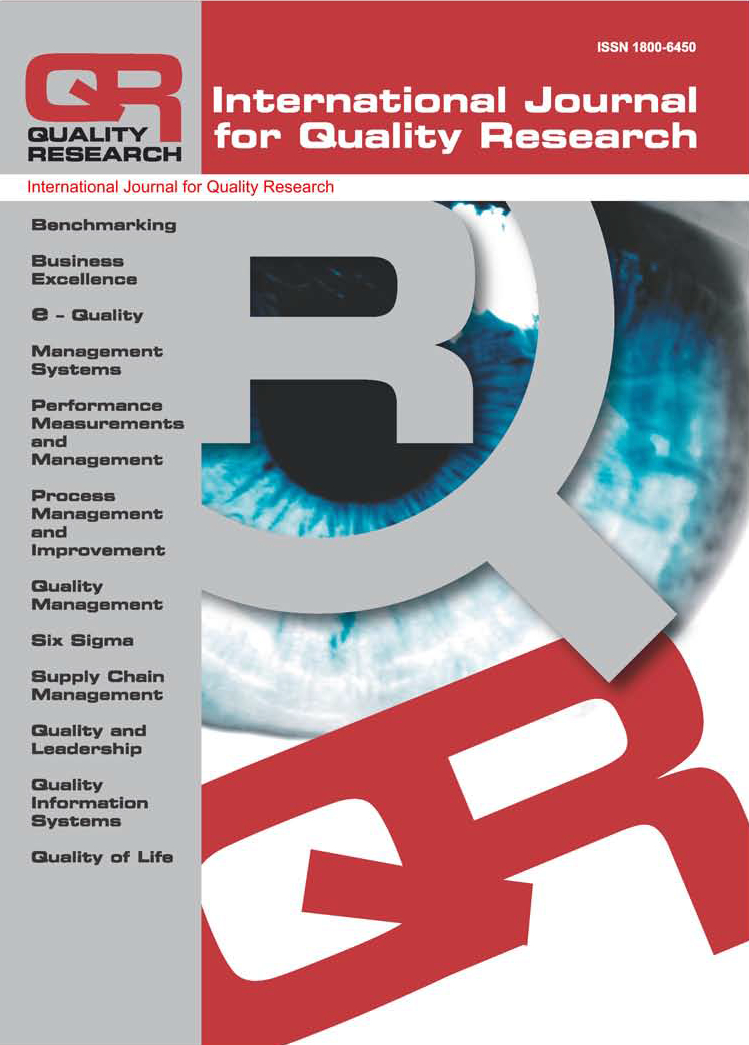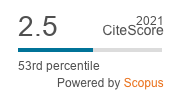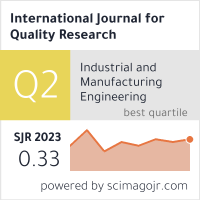ASSESSMENT OF TANNERY BASED SOLID WASTES MANAGEMENT IN ASILI, NAIROBI KENYA
Richard O. Oruko, Wilkister N. Moturi, John M. Mironga
Abstract: Solid wastes generated in Nairobi and its environs are posing a serious environmental challenge to the authorities and public, especially the hazardous and non-biodegradable solid wastes from leather industries. There were environmental concerns and complaints from workers and residents living adjacent to Asili tanneries limited about degradation of natural and inbuilt environment. This pointed to the effect of environmental pollution by the tannery. The broad objective of study was to assess the effectiveness of tannery based solid wastes management, by identifying and analyzing the concentration levels of sodium chlorides,sulphide, chromium ions and total phenols as selected pollutants along the tanning stages, in Nairobi river, borehole water, and soils around the dump site inside the tannery. Experimental (laboratory analysis) design was used.Descriptive statistics was used in analyzing data resulting in means and tables. The means concentration of total Chrome was 2633.38mg/L,Sodium chloride 609.93mg/L, Sulphide 129.77mg/L, total Phenols 10.91mg/L in the soil sampled around the composite dump site.. In Nairobi river water the means of Sodium chloride was 317.48mg/L, Sulphide 24.00mg/L, total Phenol 3.97mg/L and total Chrome Nil, While means concentration in borehole water, had Sodium chloride detected at 354.73mg/L, Sulphide 6.67mg/L, total Phenol 0.03mg/L and total Chrome as Nil, indicating heavily contaminated ecosystems above the discharge set limits of National Environmental Management Authority and Nairobi city water and sewerage company.
Keywords: Tanning processes, Tanning pollutants, Dump sites, Crude dumping, Environment
DOI:
Recieved: 01.03.2014 Accepted: 26.0 5 .2014 UDC: 504.064
Reads: 1327 








